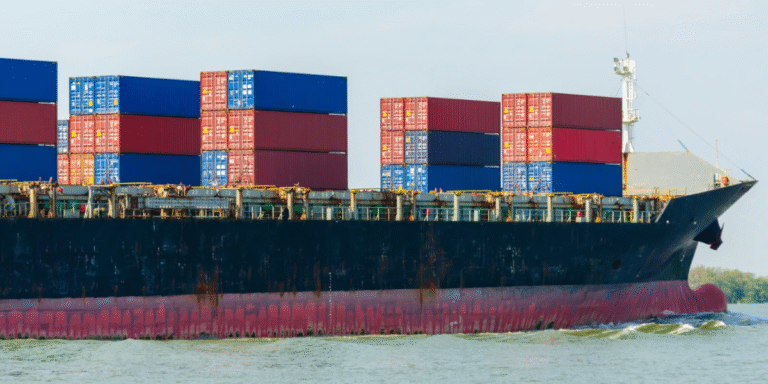The Organisation for Economic Co-operation and Development (OECD) has revised its global economic growth forecast for 2025, lowering the projected expansion rate to 3.1%, down from an earlier estimate of 3.2%. This adjustment, outlined in the OECD’s Interim Economic Outlook, reflects growing global economic pressures expected to hinder growth momentum in the near future. Rising trade barriers, geopolitical instability, and tightening financial conditions are identified as primary factors contributing to the more cautious economic outlook.
The economic slowdown is expected to affect regions differently, with specific risks arising in major economies. In the United States, a significant deceleration in growth is predicted. After a 2.8% GDP increase in 2024, the U.S. economy is now forecast to grow by only 2.2% in 2025. The slowdown is largely attributed to the Federal Reserve’s ongoing interest rate hikes, designed to combat persistent inflation. Although effective in controlling price increases, these higher rates have also raised borrowing costs, thereby reducing consumer spending and slowing down investments. As a result, U.S. economic growth is anticipated to be much weaker than previously projected.
Similarly, the Euro Area faces a tough economic landscape. The region’s growth forecast has been downgraded, with GDP expected to expand by a modest 1.0% in 2025, compared to 1.2% in 2024. A mix of factors is behind this subdued growth, including volatile energy prices,
continuing trade disruptions, and persistent inflationary pressures that have eroded consumer purchasing power. Europe’s economic recovery remains fragile, further burdened by the lingering effects of past financial crises and the ongoing fallout from the COVID-19 pandemic. These challenges have limited the region’s ability to regain full economic strength.Emerging markets, although still expected to show some growth, are also facing an array of uncertainties. These markets may benefit from higher commodity prices and relatively low inflation in certain areas. However, domestic struggles such as rising inflation, escalating debt, and political instability continue to cloud their prospects. The OECD’s report notes that these challenges, compounded by global trade disruptions and tighter financial conditions, could result in uneven growth across emerging economies. These countries’ ability to navigate these hurdles will depend heavily on their capacity to adapt to both domestic and global pressures.
The report also highlights the growing barriers to global trade, a critical factor undermining economic expansion. Protectionist policies and tariffs continue to rise, particularly in the context of the ongoing trade dispute between the U.S. and China. The policies from both nations have caused significant disruptions to global supply chains, further complicating the international trade environment. As economic nationalism rises and industries are reshored, global trade volumes are expected to decrease, creating additional obstacles for economies aiming for stronger growth.
Geopolitical risks are also an important consideration in the OECD’s outlook. Tensions in several regions, as well as shifting global power dynamics, have added further uncertainty to the global economy. These geopolitical strains have the potential to escalate, making it even more challenging to forecast stable economic growth. The OECD stresses the importance of international cooperation and multilateral efforts to address these issues and mitigate the risk of a more severe economic downturn.
In conclusion, the OECD’s revised economic outlook for 2025 paints a picture of a global economy grappling with significant challenges. With rising trade barriers, political instability, and tighter financial conditions, the global path to recovery appears slow and fraught with uncertainty. Policymakers will need to proceed with caution and coordination to navigate these risks and avoid a deeper economic slowdown. The situation remains delicate, and the potential for further economic turbulence continues to loom large on the horizon.



